JB Insights
A Sparkling Outlook for the 2025 colored gemstone Market:

Key Trend: The colored gemstone market is experiencing a surge in demand and prices, outpacing diamonds and presenting a bright outlook for 2025. This is driven by consumer desire for unique pieces, investor interest in tangible assets, and challenges facing the diamond industry.
Market Drivers:
- Rising Prices: Colored gemstone prices have increased significantly over the past decade, with further rises expected in 2025 due to supply constraints, increased mining costs, and growing demand for high-quality, traceable stones.
- Diamond Industry Challenges: Controversy surrounding Russian diamonds and the growth of lab-grown diamonds are contributing to the rise of colored gems.
- Investment Potential: High-value clients are increasingly viewing investment-grade gemstones as a hedge against other assets.
- Consumer Preference: Consumers are seeking unique and colorful alternatives to traditional diamond jewelry.
- Supply Chain Issues: Artisanal mining practices, limited funding, and a declining workforce pose challenges to consistent supply. Increased mining costs and logistical expenses further exacerbate the issue.
- Responsible Sourcing: Growing interest in ethically sourced gems is creating opportunities for suppliers who prioritize transparency and community benefit.
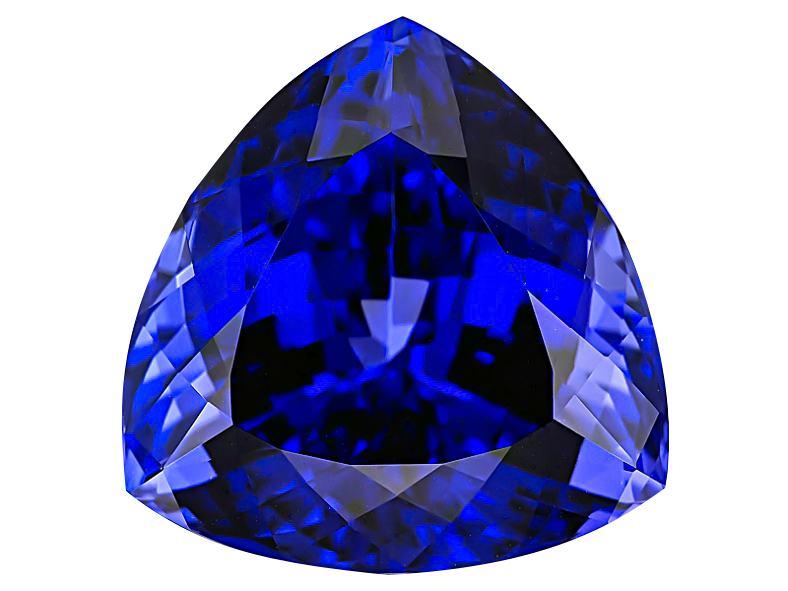
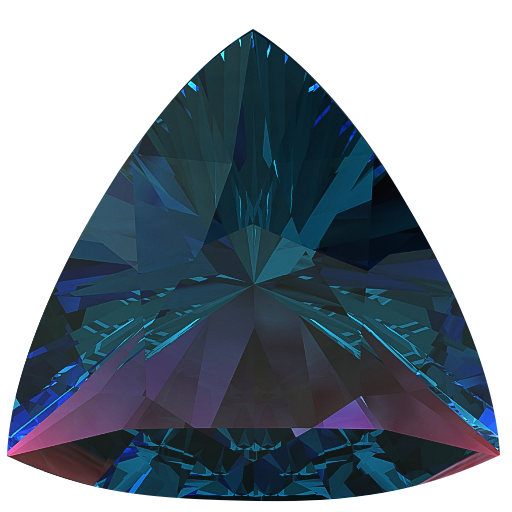
Top Performing Gemstones:
- Emeralds: Expected to be a star performer in 2025, particularly Colombian emeralds, due to growing awareness of their origin and sustainable practices.
- Sapphires: Teal, green, and particularly Montana sapphires continue to be in high demand. Australian sapphires, especially bicolor stones, are also gaining popularity.
- Spinels: Neon-pink Mahenge spinels and Vietnamese cobalt-blue spinels are attracting attention from collectors. Gray and lavender spinels also appeal to a broader consumer base.
- Other Rising Stars: Paraiba tourmalines, black opals, garnets (especially spessartite and Fanta garnet), imperial topaz, zircons, and yellow chrysoberyls are gaining traction.
Challenges:
- Price Resistance: Growing price resistance among traders, particularly for mid-tier goods, is a potential concern.
- Sourcing Difficulties: Sourcing high-quality colored gems remains a challenge due to the artisanal nature of much of the mining industry.
- Workforce Shortage: A decline in the mining workforce threatens long-term supply.
- Nuances in Quality and Pricing: The lack of standardized pricing lists and the subjective nature of quality assessment create complexities for newcomers to the market.

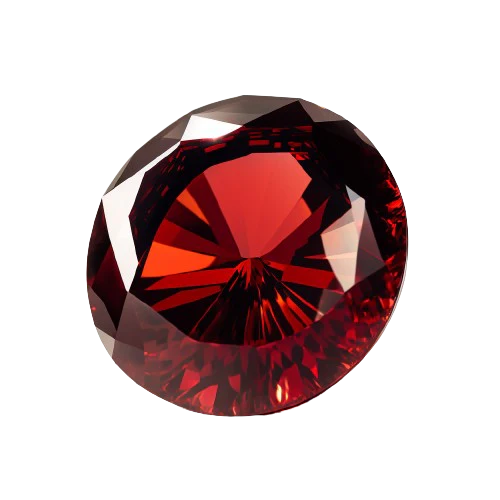
The synthetic issue
Synthetic colored stones have been available on the market for longer than their diamond counterparts and are generally considered a harmless subcategory. However, a rise in cases of synthetics getting mixed in with natural gems could change this feeling of security.
The problem appears to affect small goods more But because the industry is experiencing a shortage of natural stones, he warns, the issue could become more acute. Indeed, the undisclosed mix of stones is one of the most talked-about topics right now in the colored-gem industry.
, says Columbia Gem House’s Eric Braunwart, who has been investigating the topic.
“It opens the door for some of the less-ethical players to decide, ‘Well, let’s slide some [synthetics] into the natural parcels,’” he explains. “It’s not a new issue in color, but I think it is something that the industry overall will need…to spend some more time looking at.”
, says Monica Stephenson of Anza Gems and Moyo Gems. “This issue really highlights the importance of knowing origin and trust in traceable sources.”
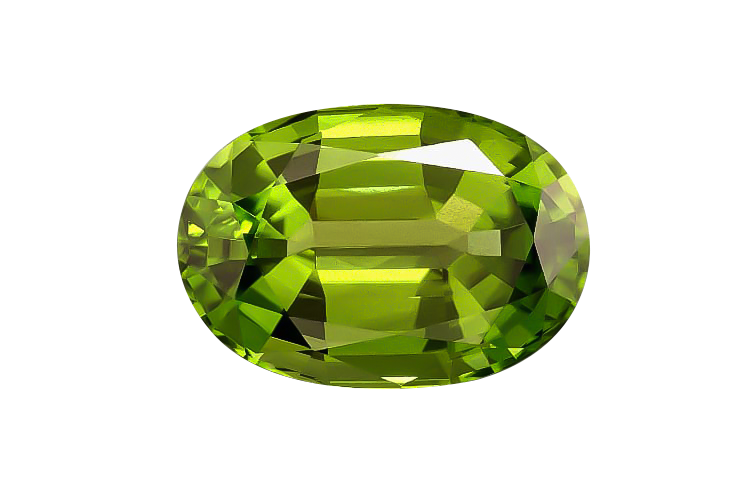
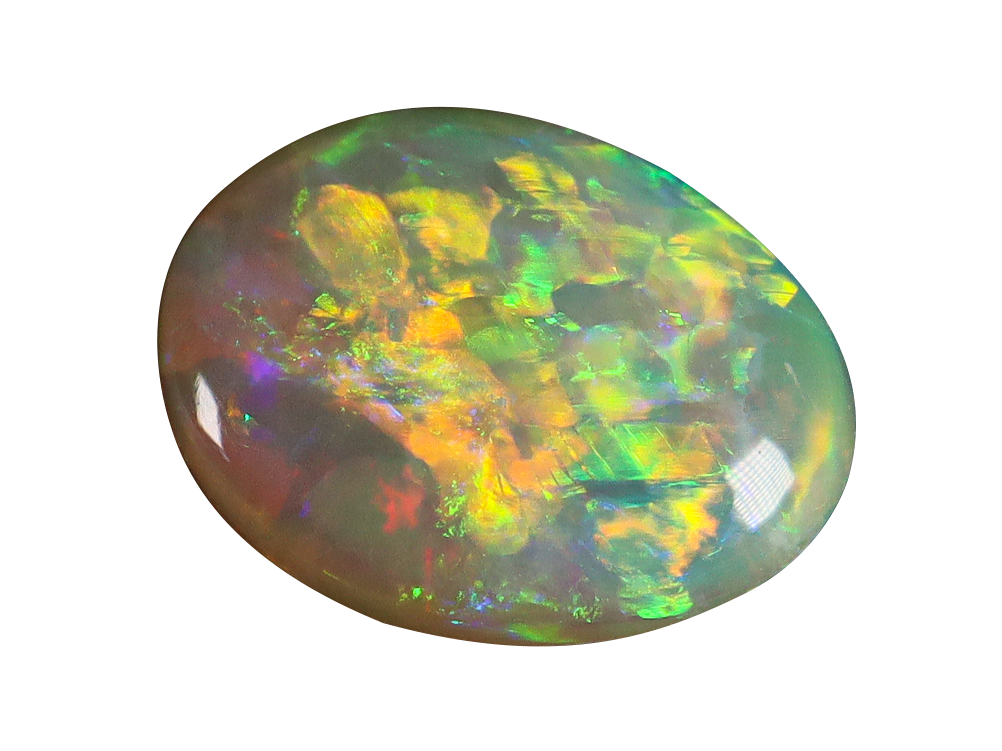
Outlook:
The colored gemstone market is poised for continued growth in 2025. While price increases are expected to continue, particularly for high-quality stones, the market is also seeing increased interest in ethically sourced and unique gems. The Tucson gem shows will provide a key indicator of market strength and price stability. A proactive approach to purchasing, prioritizing quality and responsible sourcing, will be crucial for success in this dynamic market.
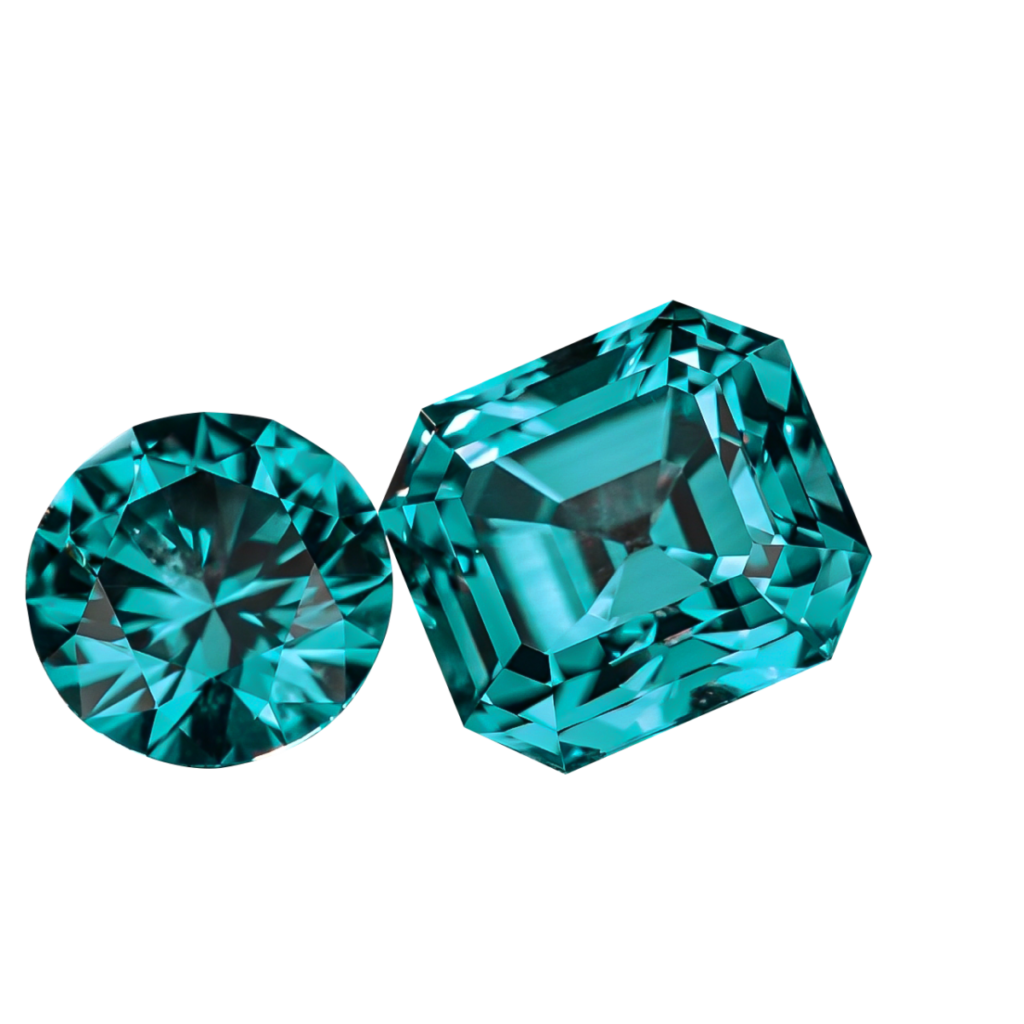
Education
The Science Behind Sparkle: How Lab-Grown Diamonds Are Created
A New Era of Diamond Creation

In recent years, lab-grown diamonds have captured the attention of jewellers, consumers, and investors alike. Beyond their beauty, what makes these gems truly fascinating is the science behind their creation. Unlike imitation stones, lab-grown diamonds share the same physical, chemical, and optical properties as natural diamonds — the only difference lies in their origin.
At the heart of this innovation are two cutting-edge processes: High Pressure High Temperature (HPHT) and Chemical Vapor Deposition (CVD). These methods recreate the intense conditions under which natural diamonds form deep within the Earth, allowing scientists to produce genuine diamonds in a controlled laboratory environment.
HPHT: Diamonds Born Under Extreme Conditions

The High Pressure High Temperature (HPHT) method mimics the natural diamond-forming process that occurs about 150 kilometers below the Earth’s surface.
- Starting Point – The Seed:
A small diamond seed, usually a thin slice of an existing diamond, is placed inside a carbon-rich chamber. - Simulating Nature – Pressure and Heat:
The seed is exposed to extreme conditions — pressures of about 5–6 GPa (equivalent to the pressure at the Earth’s mantle) and temperatures of 1,400–1,600°C. - Crystal Growth:
Under these conditions, the carbon source melts and crystallizes around the diamond seed, forming a larger crystal over several weeks.
The result is a high-quality diamond crystal that is virtually indistinguishable from its natural counterpart. HPHT diamonds often exhibit exceptional clarity and can be produced in a range of sizes and colors, including colorless, yellow, and blue varieties.
CVD: Diamonds Grown in a Plasma Cloud

The Chemical Vapor Deposition (CVD) process is a more recent innovation that uses advanced plasma technology to grow diamonds atom by atom.
- Preparing the Chamber:
A thin diamond seed is placed inside a vacuum chamber filled with carbon-rich gases, typically methane and hydrogen. - Creating Plasma:
The gases are energized using microwaves or lasers, forming a plasma cloud that breaks down the molecular bonds of the gases. - Diamond Formation:
Carbon atoms released from the plasma settle onto the seed layer, crystallizing into pure diamond over the course of several weeks.
The CVD method allows for greater control over purity, color, and size, making it ideal for high-end jewellery applications. It also produces diamonds that are free from many of the inclusions typically found in natural stones.
Technology Meets Sustainability

Both HPHT and CVD processes are transforming the jewellery industry not only through technology but also through sustainability. Lab-grown diamonds require no mining, dramatically reducing environmental impact. Many manufacturers are also transitioning to renewable energy sources to power their production facilities, making these diamonds even more eco-conscious.
Furthermore, traceability is a defining advantage. Every lab-grown diamond can be tracked from its creation, offering complete transparency — a growing priority among modern consumers seeking ethical luxury.
Crafting the Future of Jewellery

As consumer awareness grows, lab-grown diamonds are redefining what it means to own something precious. With their scientific precision, sustainable creation, and stunning beauty, they represent the perfect harmony between innovation and artistry.
-

 GlamBuzz1 week ago
GlamBuzz1 week agoKushals Fashion and Silver Jewellery shines bright with Sanya Malhotra as its Brand Ambassador in the North and Priyanka Mohan in the South
-

 GlamBuzz13 hours ago
GlamBuzz13 hours agoTamannaah, Samantha, and Janhvi Kapoor Dazzle in Stunning Jewellery and Couture Moments
-

 National News11 hours ago
National News11 hours agoANOR Redefines Luxury: Pioneering Premium Lab-Grown Diamond Jewellery for India’s Elite
-

 BrandBuzz2 days ago
BrandBuzz2 days agoWhen your Love Speaks its own Language, Seal it with Platinum Love Bands











